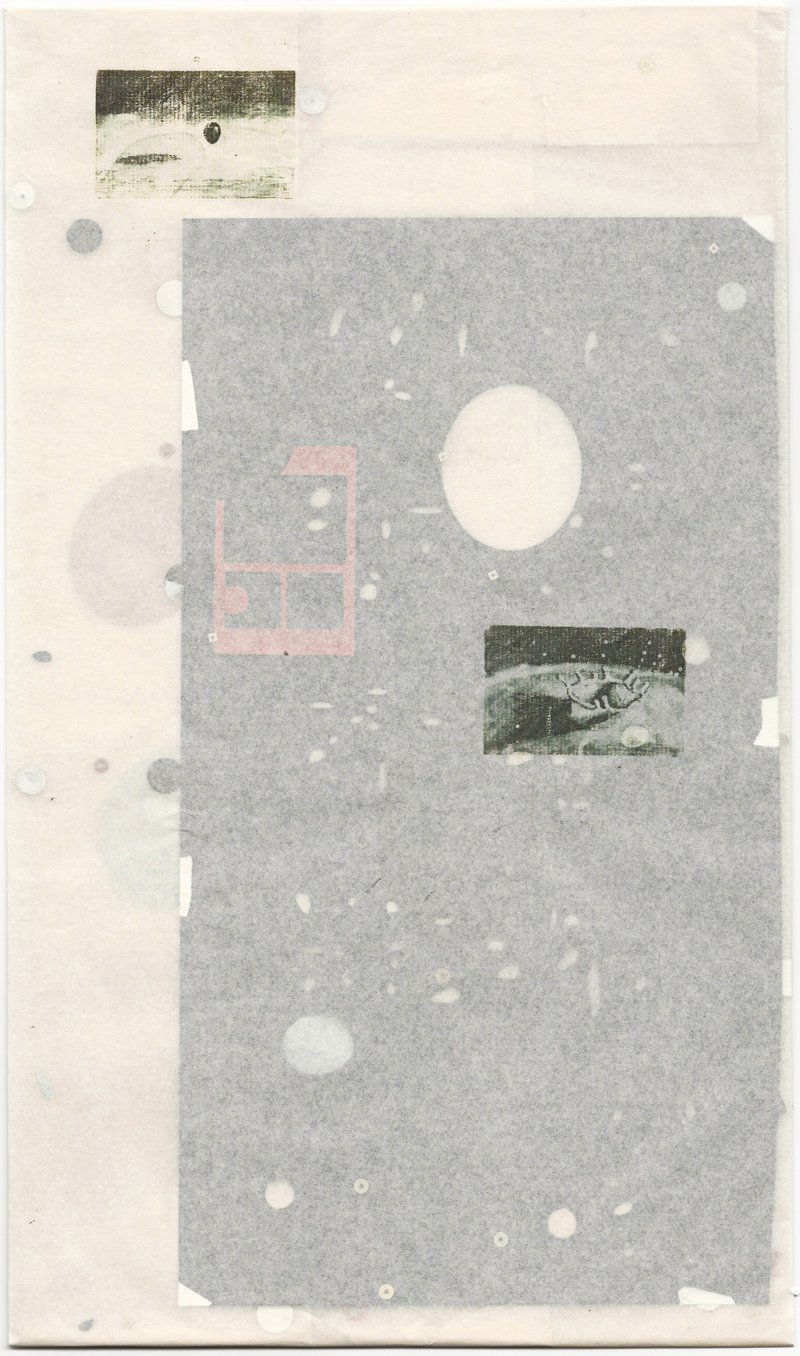
BA FINE ARTS
MA FINE ARTS
MAC MA CI
The Assembly of Writings
with Federico Nicolao
A collective exploration of the new relations between contemporary writing and artistic practice.

Other (2013) by Grégoire Bolay, Anaïs Defago, Sacha Embiricos, Arthur Fouray, Frédéric Gabioud, Benjamin Husson, Flora Klein, Emil Michael Klein, Simon Paccaud, Nathalie Perrin, Matthias Sohr, Orianne Weber, Jérôme Wilfredo Baccaglio
L’utilisation de logiciels de modélisation 3D s’est accrue dans le domaine de la conception des expositions. Ces outils offrent aux designers et aux commissaires une plus grande maniabilité pour reconstituer l’espace virtuel de la galerie et y expérimenter les différentes options scénographiques envisagées. Pourtant, malgré l’éventail des possibilités de ces logiciel (la déconstruction de l’espace tridimensionnel en superposition de plans et de facettes), leur usage dans le champ curatorial reste souvent désespérément conventionnel : le tableau est accroché au mur, le mur est perpendiculaire au sol, la sculpture est posée sur le sol devant le mur.
En présentant chez Treize (Paris) les travaux de 14 artistes sélectionnés parmi les étudiants du Bachelor et du Master Arts Visuels de l’ECAL, le projet « Dear Peggy » explore certaines ressources de la modélisation virtuelle pour les appliquer, avec des matériaux et des techniques simples, dans l’espace réel.
Bien avant l’invention des logiciels 3D, l’architecte Frederick John Kiesler avait imaginé pour la section surréaliste d’Art of This Century (la galerie new-yorkaise de Peggy Guggenheim, ouverte en 1942) des murs convexes à partir desquels les œuvres, accrochées sur des tiges, étaient projetées dans l’espace. En s’inspirant de ce système, «Dear Peggy» s’affranchit de la linéarité et de la planéité murale du white cube pour métamorphoser l’espace d’exposition, démultiplier les plans de l’accrochage et donner une nouvelle matérialité aux œuvres présentées.
Exposition sans thème, «Dear Peggy» incarne la diversité des pratiques développées au sein de l’ECAL. Cette mise entre parenthèse d’œuvres disparates entre deux murs incurvés fonctionne comme un emballage, une métaphore simultanée de l’exposition collective temporaire et de l’école d’art. «Dear Peggy» est un tube ouvert de part et d’autre, un passage transitoire, comme peut l’être une école dans la carrière d’un artiste.











1/11